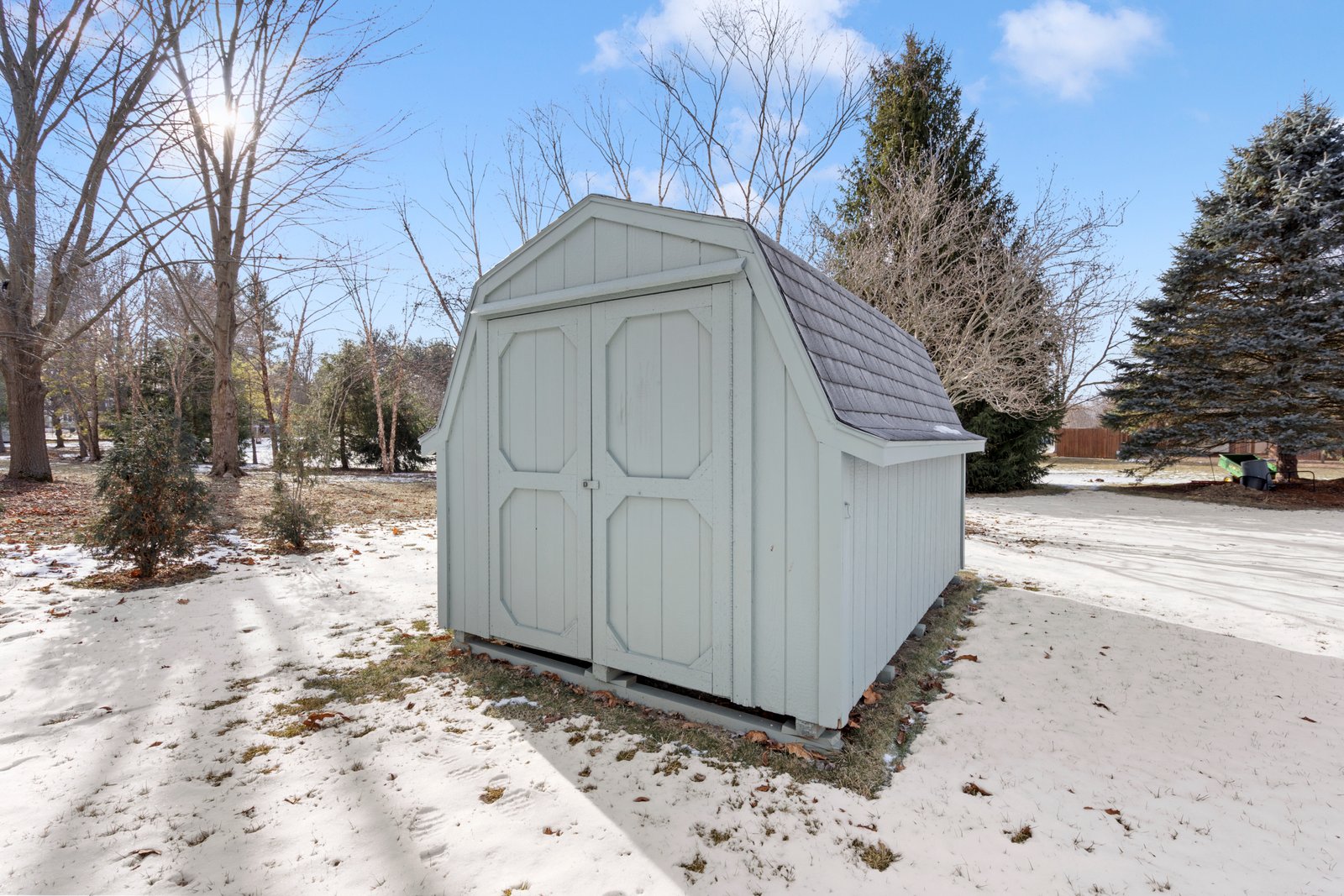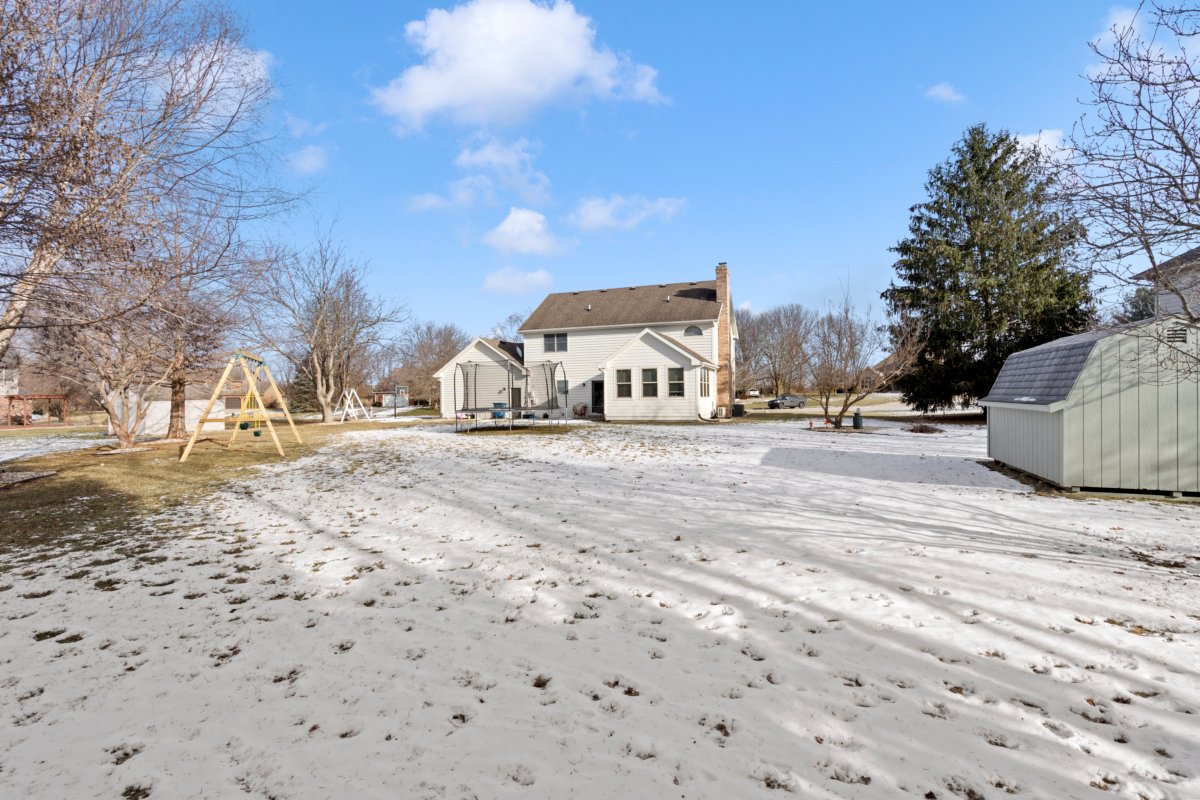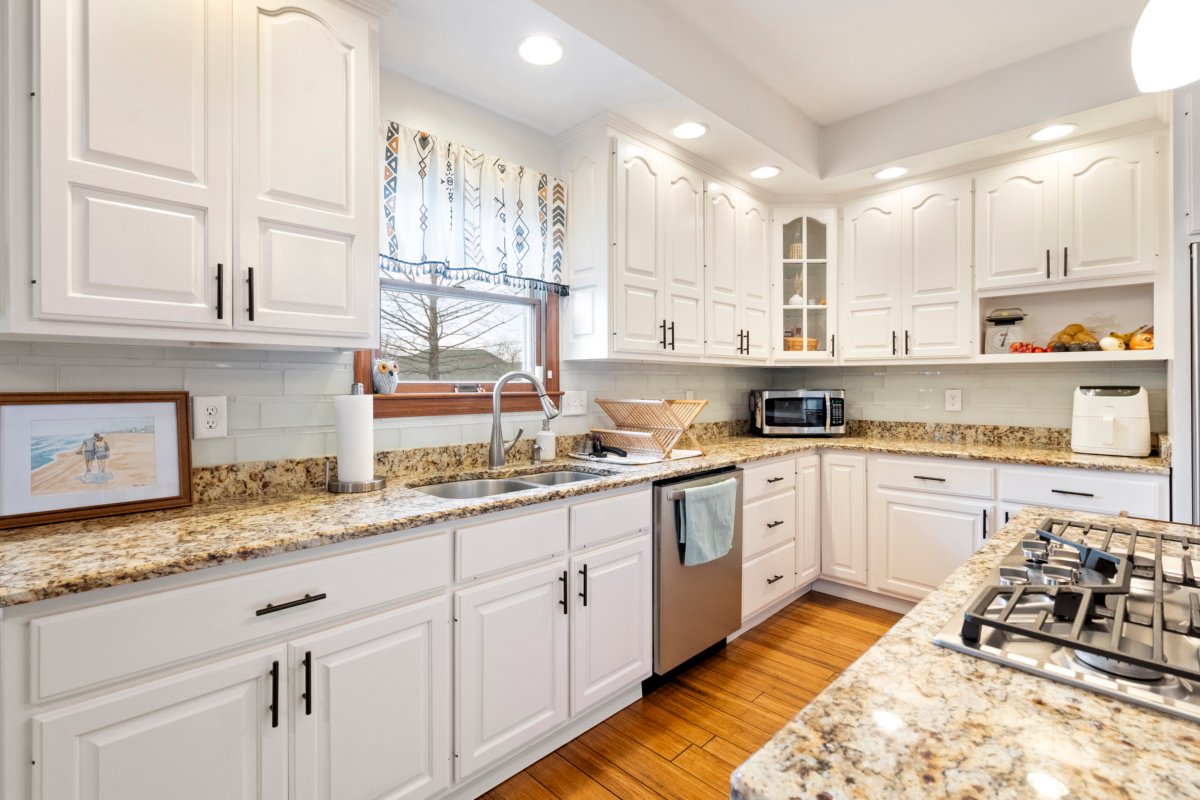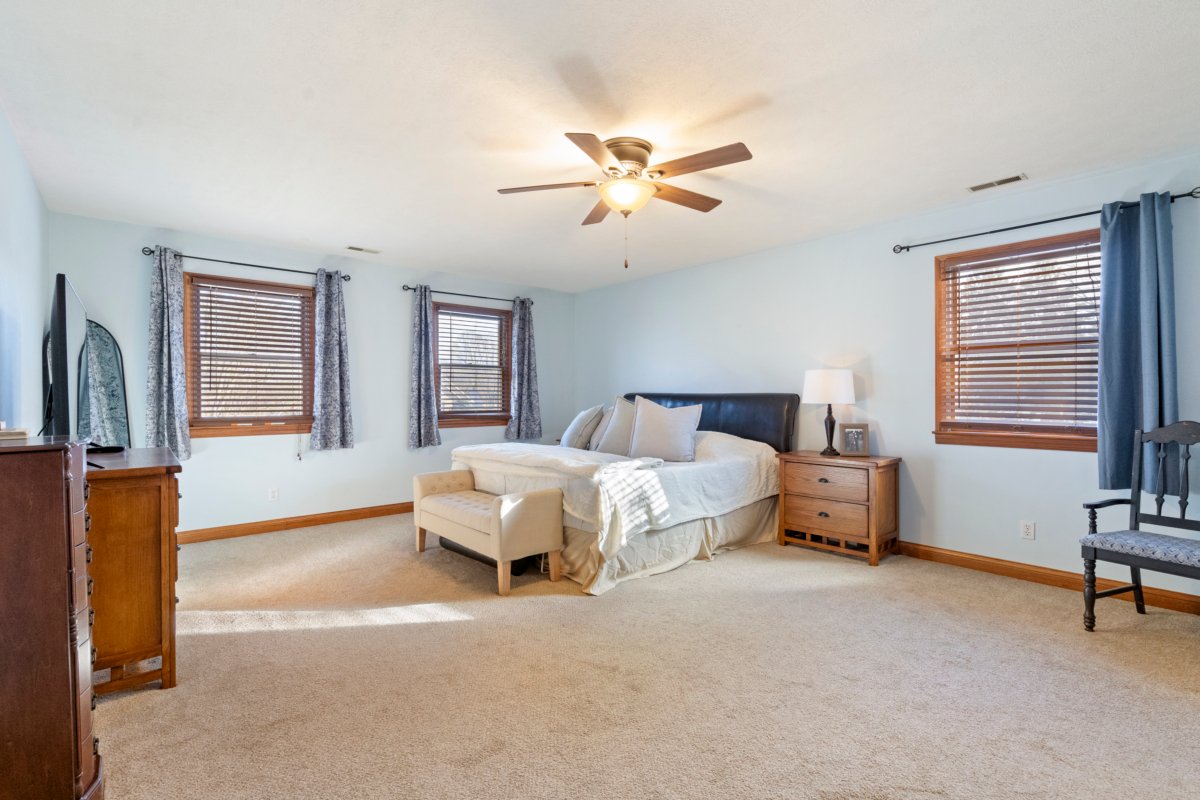
Real Estate Photo Editing for Different Styles: Modern, Classic, Minimalist, and More
In real estate photography, the goal isn’t just to capture a property in its best light; it’s also about conveying the unique atmosphere and character of the space. This is where photo editing comes in. By adjusting various elements such as lighting, contrast, color, and texture, you can elevate your photos to match the style of the property. Different types of properties require different editing approaches to truly highlight their best features. In this post, we will explore how to edit real estate photos for various styles, including modern, classic, minimalist, industrial, and rustic.
1. Real Estate Photo Editing for Modern Style

Real Estate Photo Editing
Modern real estate design is characterized by clean lines, open spaces, and the use of materials like glass, metal, and concrete. These homes often embrace neutral tones and open floor plans that allow for a lot of natural light. When editing photos for modern properties, the goal is to enhance the clean and contemporary feel of the space while emphasizing natural light and sleek design elements.
Editing techniques for modern-style real estate:
- Increase brightness and contrast: Modern spaces often have large windows and lots of natural light, but they can sometimes appear flat in photos. Increasing the brightness helps reveal all the fine details of a modern home. Boosting contrast enhances the definition between different design elements, making the space feel sharp and vibrant.
- Enhance natural light: Modern interiors rely heavily on light to create a sense of openness. Use the exposure tool to brighten the image, and adjust highlights to bring out the natural lighting in windows. If the room is shadowed, consider using the shadow recovery tool to add detail and dimension.
- Play with color temperature: Modern homes often have cool tones—grays, whites, and blues dominate the decor. To enhance this effect, adjust the white balance by slightly cooling the temperature to achieve a more serene, polished look. This helps complement the sleek, neutral interior.
- Add sharpness and clarity: Modern designs often feature sharp, geometric lines and textures like smooth countertops or polished floors. Increasing sharpness and clarity will emphasize these details, making the image feel crisper and more defined.
- Use selective focus: Highlight key design features, like statement furniture pieces, architectural elements, or unique fixtures, by using selective focus. Blurring out less important areas subtly can help draw attention to the main features of the space.
2. Real Estate Photo Editing for Classic Style

Real Estate Photo Editing
Classic homes are timeless and elegant, often characterized by traditional details such as intricate woodwork, ornate furniture, and vintage touches. The color palette in classic homes tends to feature warm, earthy tones that evoke a cozy, inviting atmosphere. When editing for classic properties, the aim is to enhance the warmth and depth of the space while highlighting its traditional charm.
Editing techniques for classic-style real estate:
- Warm up the tones: Classic homes often feature warm wood tones, beige, and soft reds or oranges. Enhance these tones by slightly increasing the temperature and warmth of the image. Boost the reds and yellows to make wood and other natural materials stand out.
- Apply a soft glow: Adding a subtle glow effect can enhance the luxurious feel of a classic home. This works particularly well in areas with rich textures like velvet furniture, antique carpets, and detailed woodwork. Apply a soft vignette around the edges to draw the viewer’s attention inward.
- Reduce sharpness and soften details: Classic homes often benefit from a softer touch in photography. Unlike modern homes, where sharp lines are key, classic interiors look better when the edges are a bit more blurred or softened. A slight reduction in sharpness can give the photos a more romantic, timeless feel.
- Emphasize textures: Classic homes often have rich textures, like patterned rugs, thick curtains, and polished wood. Increase clarity on these areas to bring out the richness and depth of these textures. If necessary, use a selective sharpening tool to highlight intricate details like carvings or embroidery.
- Subtle saturation adjustments: Over-saturation can make a classic interior feel unnatural. Instead, focus on gentle adjustments to the saturation, emphasizing the natural, warm tones of the space without going overboard. This will help maintain the authenticity of the classic design.
3. Real Estate Photo Editing for Minimalist Style
Minimalism in interior design is all about simplicity and functionality, with an emphasis on clean lines, neutral colors, and open spaces. Minimalist homes tend to have sparse decoration, focusing instead on high-quality materials and the spatial flow of the design. When editing photos for minimalist properties, the key is to keep the focus on simplicity while still making the space feel warm and inviting.
Editing techniques for minimalist-style real estate:
- Keep it clean and airy: Minimalist designs thrive on simplicity. Avoid cluttering the image with unnecessary edits. Instead, focus on adjusting the exposure to ensure the image is bright and light. Increase the overall clarity of the photo to highlight the pristine surfaces and clean lines characteristic of minimalist spaces.
- Straighten and crop for balance: Minimalist design often revolves around symmetry and balance. Use the cropping and straightening tools to ensure that all lines are aligned and that the composition remains clean and orderly. Eliminate any distractions or clutter in the background to keep the space uncluttered.
- Desaturate and brighten: Minimalist interiors often feature a muted color palette of whites, grays, and pastels. Desaturate any overly vibrant colors and adjust the exposure and highlights to make the room feel bright and spacious. You can add a slight touch of warmth if the space has wood or stone elements.
- Use subtle gradients: To add dimension without cluttering the space, apply a soft gradient or light vignette to gently direct the viewer’s focus toward key features or focal points. Minimalist spaces often rely on a few carefully selected design elements, so highlight these to make them stand out.
- Focus on texture: While minimalist design is sparse, it can still feature rich textures like concrete walls, wooden floors, or glass fixtures. Enhance the textures subtly by adjusting clarity or using selective editing tools to bring out the material’s natural beauty without making it too bold.
4. Real Estate Photo Editing for Industrial Style

Real Estate Photo Editing
Industrial design incorporates raw, unfinished elements like exposed brick, steel beams, concrete floors, and large windows. This style embraces a utilitarian and rugged aesthetic while maintaining a sense of urban sophistication. When editing industrial real estate photos, the focus is on emphasizing the raw textures and bold contrasts found in these spaces.
Editing techniques for industrial-style real estate:
- Boost texture contrast: Industrial spaces feature rich textures like rough brick, polished concrete, and steel elements. Use contrast adjustments to make these materials pop, increasing the detail in areas like exposed brick walls and steel beams.
- Adjust shadows for depth: Industrial spaces often have high-contrast lighting with deep shadows and bright highlights. Use shadow and highlight sliders to emphasize the dramatic contrast between light and dark areas, creating more depth and interest in the photo.
- Cool down the color temperature: Industrial interiors tend to have a cooler, more muted color palette with shades of gray, black, and metallics. Adjust the color temperature to cool down the image, making the space feel more urban and industrial.
- Highlight metallic and raw materials: If the space features metallic elements, such as steel or aluminum, use selective editing to bring out their shine. Adjust the clarity or use a slight exposure boost to make these features stand out without making them too overpowering.
- Use a desaturated color palette: Overly vibrant colors are not a typical feature of industrial design. Instead, focus on a desaturated palette that highlights the raw materials and enhances the urban, industrial vibe.
5. Real Estate Photo Editing for Rustic Style
Rustic homes are often located in rural or countryside settings and focus on natural materials such as wood, stone, and leather. These properties have a warm, earthy aesthetic that emphasizes comfort, tradition, and a connection to nature. When editing rustic properties, the goal is to highlight the natural beauty of these materials while adding warmth and coziness.
Editing techniques for rustic-style real estate:
- Emphasize warm tones: Rustic homes are all about warmth and natural beauty. Increase the warmth of your images by boosting the reds, oranges, and browns found in wooden furniture and natural stone walls.
- Enhance textures: Rustic interiors often feature detailed textures like the grain of wood or the roughness of stone. Use clarity and contrast adjustments to enhance these textures and make the materials feel more tangible and inviting.
- Apply vintage or soft filters: To give your rustic images an authentic, timeless feel, apply a subtle vintage filter or soft vignette. This can evoke a sense of nostalgia and tradition, enhancing the home’s cozy, rustic atmosphere.
- Subtle saturation: Over-saturation can make rustic homes feel unnatural. Instead, focus on gentle adjustments to the color saturation to maintain the natural, earthy tones that are a hallmark of this design style.
- Use natural lighting: Rustic properties often have large windows or open spaces that let in natural light. Emphasize this light by adjusting exposure and highlights to create a bright, welcoming atmosphere.
Conclusion
Editing real estate photos for different styles involves more than just adjusting brightness and contrast. It’s about understanding the essence of each design style and applying specific techniques that will help showcase the property in the best light. Whether you’re working with a modern, classic, minimalist, industrial, or rustic home, the key to great real estate photography lies in tailoring your edits to match the atmosphere and characteristics of the space.
By understanding the unique aspects of each style and adjusting your editing process accordingly, you can create stunning, marketable photos that highlight the best features of any property.
Contact me for the best real estate photo editing service.






